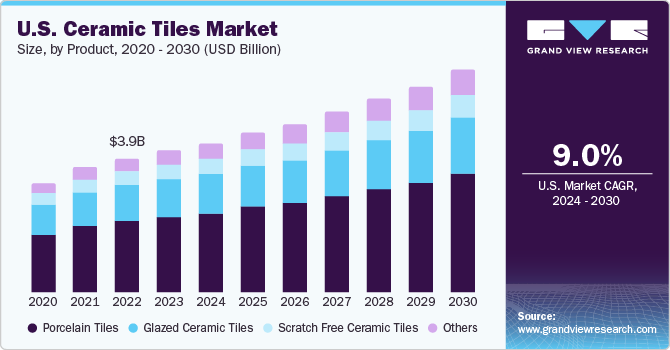On the other hand when it does break down ceramic is more benign to the environment than say plastic and the toxic ingredients in glazes are being phased out by in most countries lead in particular is pretty hard to find in pottery in most developed countries.
Environmental impact of ceramic tiles.
The environmental footprint of ceramic tiles.
An evaluation of environmental impact using the eco indicator 95 method revealed that the production of ceramic tiles by the medium plant has a greater effect on global warming measures producing 22 81 kgco 2 eq compared to the 15 89 kgco 2 eq produced by the small plants.
Three factors that influence environmental impact and sustainability for porcelain include versatility durability and affordability.
Assessing the environmental impact on production of ceramic tile is also studied 14 15 while the american national institute of standards and technology nist developed a sustainability.
There is also a wide variety of beautiful non toxic glazes available too.
Impact analysis of different input resources material shows that red oxide used in glaze preparation electricity in manufacturing packaging material distribution by trucks installation of tiles using concrete and disposal of packaging material are responsible for most of the environmental impact.
The environmental product declaration is in accordance with iso 14025 and describes the enviromental features of the construction of ceramic tiles used by ceramic solutions.
This declaration is based on the ceramic tiles pcr document version 08 2011.
Tile is composed primarily of natural clay feldspars sand carbonites and kaolins.
According to the lca study the greatest environmental impact for all categories is in the manufacture and distribution of ceramic tile.
By other measures the environmental impact of small plants was greater.

























:max_bytes(150000):strip_icc()/ceramic-flooring-pros-and-cons-1314687_0462-cce4f8f3b3774038bce7bdcc37485aa4.jpg)


